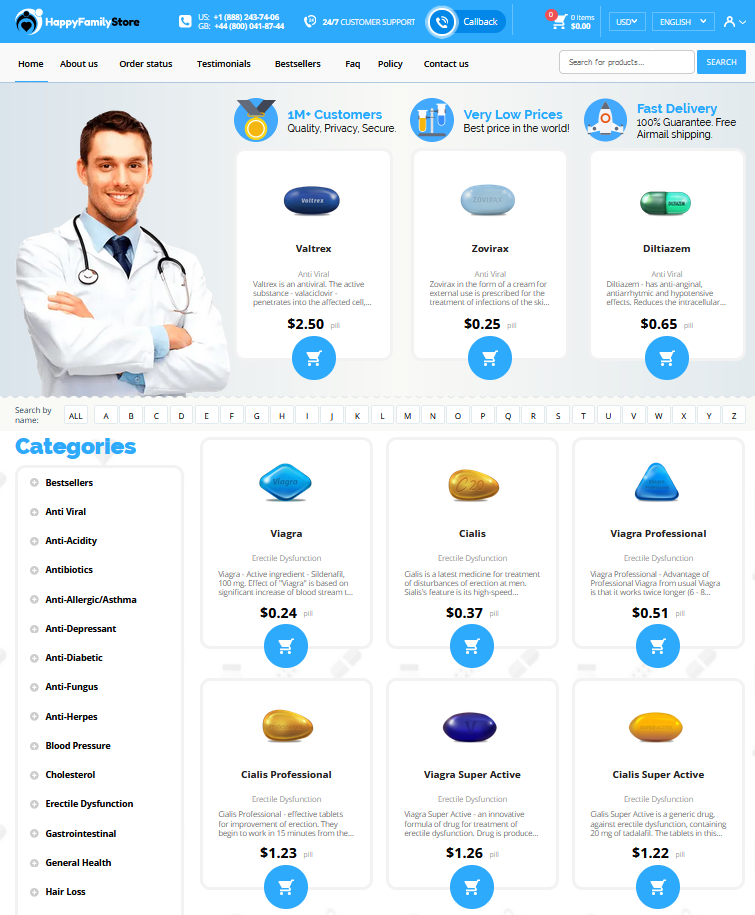
The Discovery and Early Uses of Erythromycin
In the vibrant world of pharmaceuticals, the story of erythromycin begins on the serene island of Luzon in the Philippines. Here, in the early 1950s, scientists stumbled upon a promising compound derived from soil. Erythromycin's journey from discovery to a mainstream script highlights its transformative role in healthcare. Originally considered a breakthrough for its antibacterial prowess, it was a neccessary intervention against infections that were elusive to other treatments.
The initial years saw erythromycin being hailed as a wonder drug, prescribed for ailments ranging from respiratory tract infections to skin conditions. Its unique mechanism, which interrupts essential protein synthesis in bacteria, made it a favored choice. Unlike the magic mouthwash concoctions, erythromycin rapidly gained trust in the medical community with its efficacy.
As medical knowledge advanced, erythromycin found its defining moment in dermatology. The mid-20th century marked a new era when dermatologists recognized its potential beyond typical infections. It was in these formative years that erythromycin was propelled into the spotlight, showcasing its ability to combat troublesome acne, a condition that had been persistently difficult to treat effectively.
The journey of erythromycin from soil to a vital script in the medical field illustrates a testament to scientific ingenuity and innovation. Even with its competetive market presence, it remains a staple in the arsenal of dermatologists globally. It's a classic example of how a discovery can acomplish wonders, transforming lives across the globe through persistent research and application.
Erythromycin's Introduction to Dermatology

Dermatology began to explore erythromycin's potential due to its ability to clear up acne with unprecedented efficiency. Initially, it was prescribed as an oral antibiotic, but soon, innovative dermatologists concocted a topical comp that changed the game. This targeted approach minimized systemic side effects, making it a preferred choice. Patients experienced visible results, which led dermatologists to continue using it in their scripts. Despite occasional sticker shock from insurance rejects, erythromycin's effectiveness soon made it a staple in treating skin conditions.
Mechanisms: How Erythromycin Fights Acne
Erythromycin acts as a powerful agent against acne by targeting the bacteria that cause inflammation within pores. This antibiotic comp not only disrupts protein synthesis in these bacteria but also diminishes bacterial load, effectively halting acne's progression. The process can be visualized like a well-orchestrated symphony; each player, or bacterial cell, systematically silenced. This intervention not only leads to fewer breakouts but also a significant reduction in irritation, allowing the skin to commence its healing journey rather stat quickly. Despite these benefits, a proper script ensures its optimal utilization in defeating acne.
The Rise of Erythromycin in Skincare Products

Erythromycin has captivated the dermatology field, seeing its integration as both a topical elixir and strategic comp in skincare routines. This antibiotic made waves ever since developers unveiled its versatile capacity to combat acne, driving demand for pharmacists ready to count and pour erythromycin-based solutions stat. As dermatologists continued to prescribe erythromycin, its presence expanded from strictly script to OTC products, capturing shelf space in pharmacies with drive-thru windows. The compound now attracts skincare enthusiasts eager to explore pharmaceutical innovations right at their doorstep.
Comparing Erythromycin to Other Acne Treatments
Erythromycin, a staple in acne treatment scripts, offers a unique approach compared to other options. Its antibacterial properties target the skin's bacteria, reducing lesions and inflammation. While benzoyl peroxide works by peeling and cleaning pores, erythromycin disrupts bacterial protein synthesis, proving effective against acne when used in combination treatments. This dual-action magic facewash often outperforms topical retinoids, which primarily encourage skin cell turnover.
Despite its success, erythromycin isn't free from competition. Some patients turn to newer advancements like oral isotretinoin, but the side effects can be a red flag. Others opt for OTC options to avoid lengthy pharmacy queues. Yet, erythromycin's significance can't be understated, offering a trusted elixir in the pursuit of clearer skin.
Ultimately, where erythromycin leads, alternatives follow, especially in comp treatments. Its established presence in dermatology demonstrates a balance between efficacy and tolerability, unmatched by many predecessors. As a versatile prescription option, it's important to weight the benefits and drawbacks of different acne strategies, considering patient needs and script availability.
The Future of Erythromycin in Dermatology
Erythromycin's journey from being just another antibiotic to its position in dermatology is nothing short of revolutionary. As researchers continue to explore its potential, the compound medication possibilities are promising. With ongoing advancements, erythromycin may soon achieve new capabilities that could drastically reshape treatment landscapes.
Looking ahead, one wonders: could this once-ubiquitous antibiotic be reimagined for broader dermatological use? The world of dermatology is fast evolving; yet, erythromycin's stable presence proves it is more than a trend. Its adaptability and effectiveness remain valuable assets in this ever-changing field.
Another future avenue is understanding the unique patient response to erythromycin, bearing in mind individual dosing precision. This aspect, paired with innovative dispensation methods, promises to ensure the script is not just effective but tailored. As we press forward, erythromycin's potential continues to be a beacon of hope.